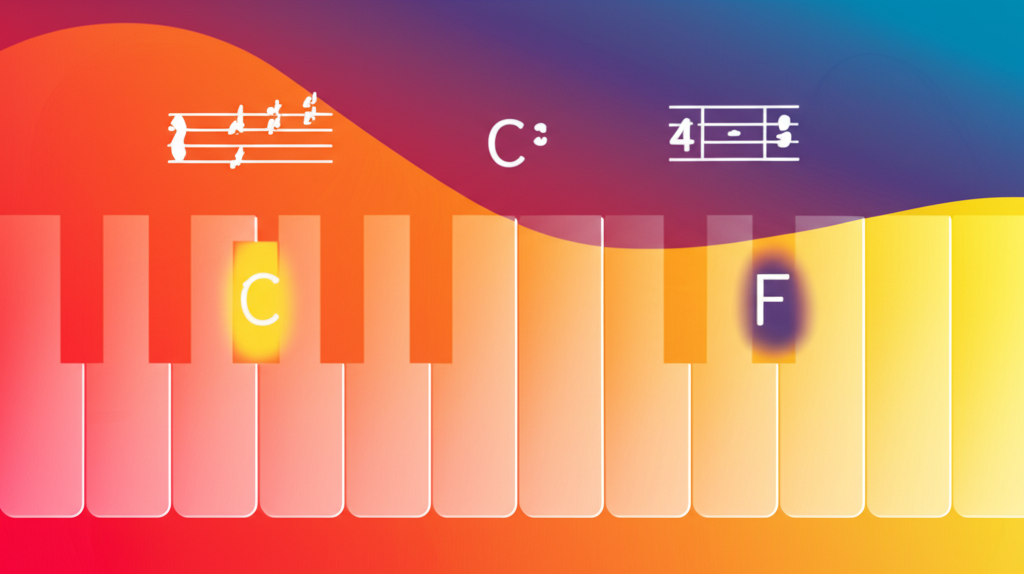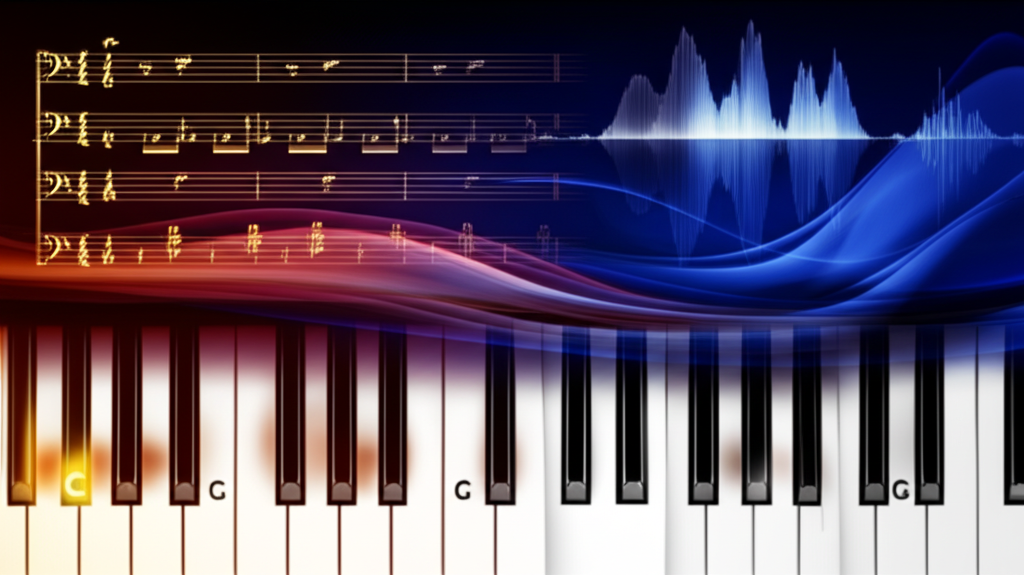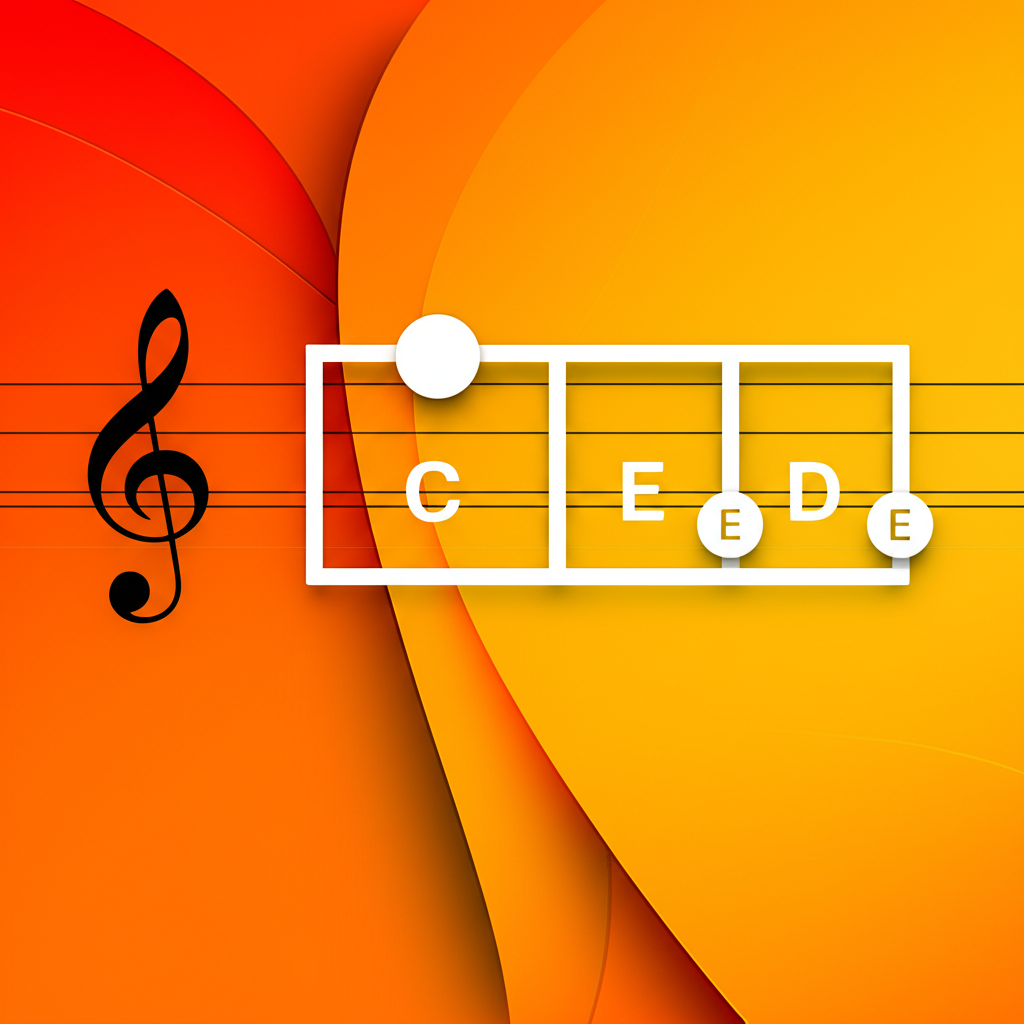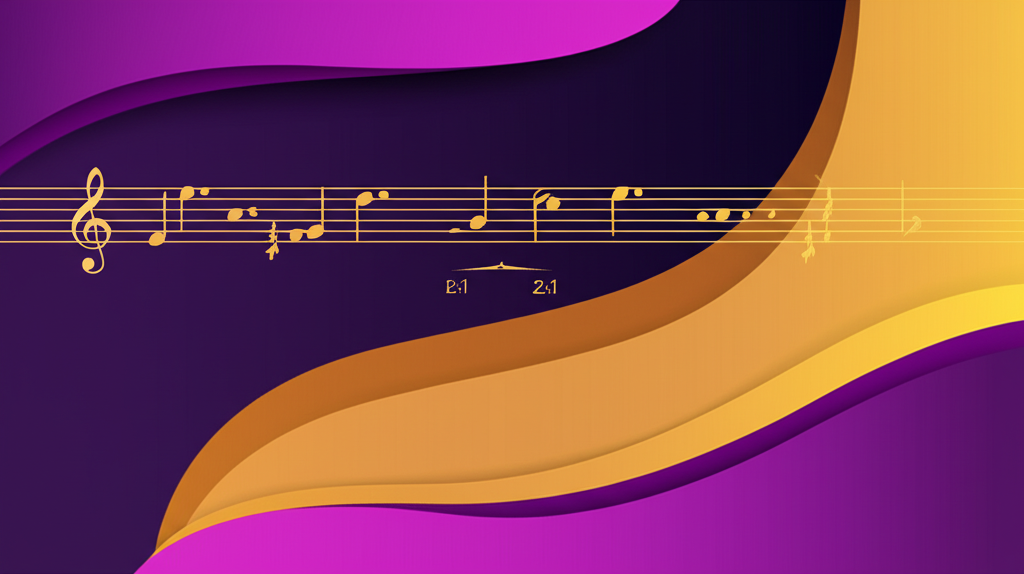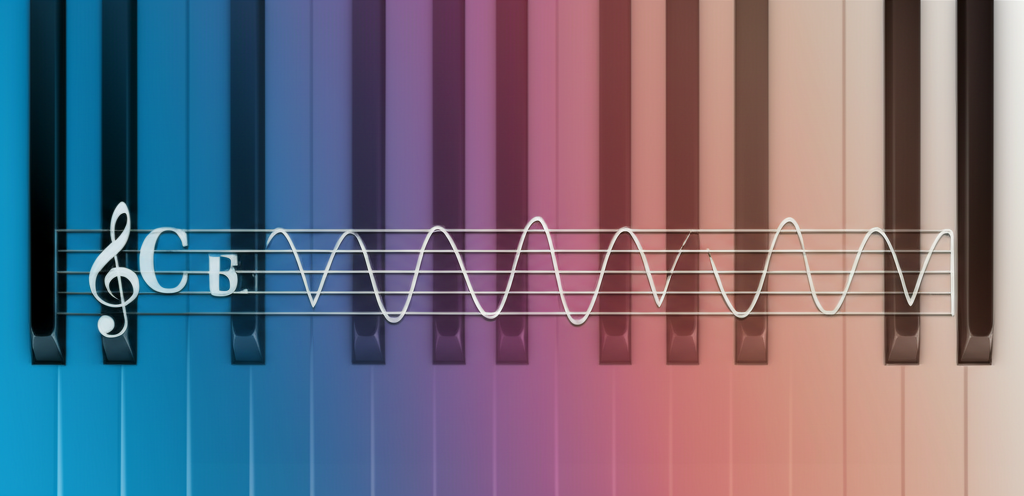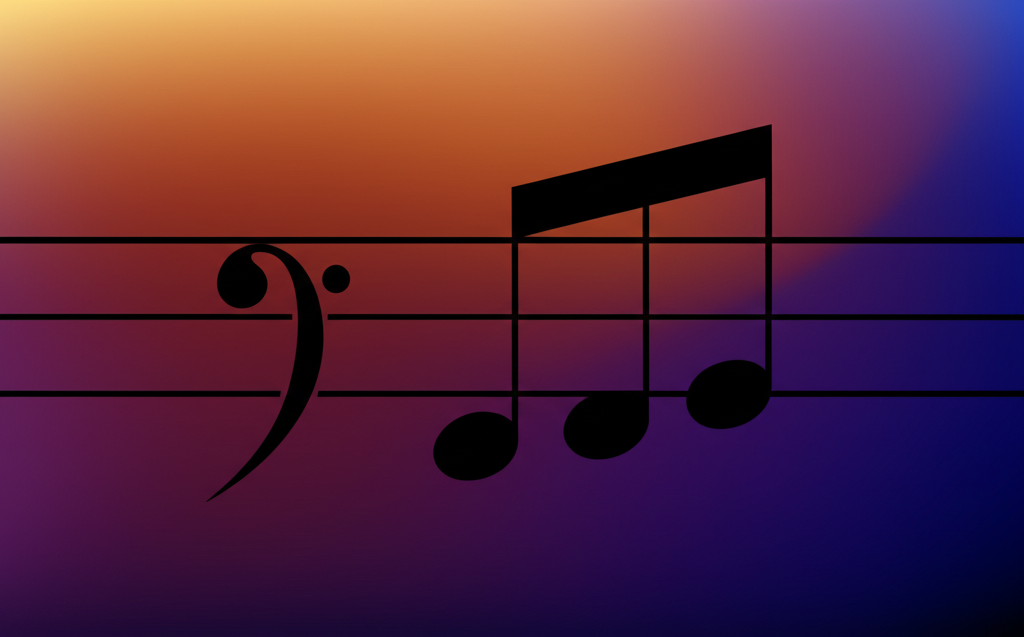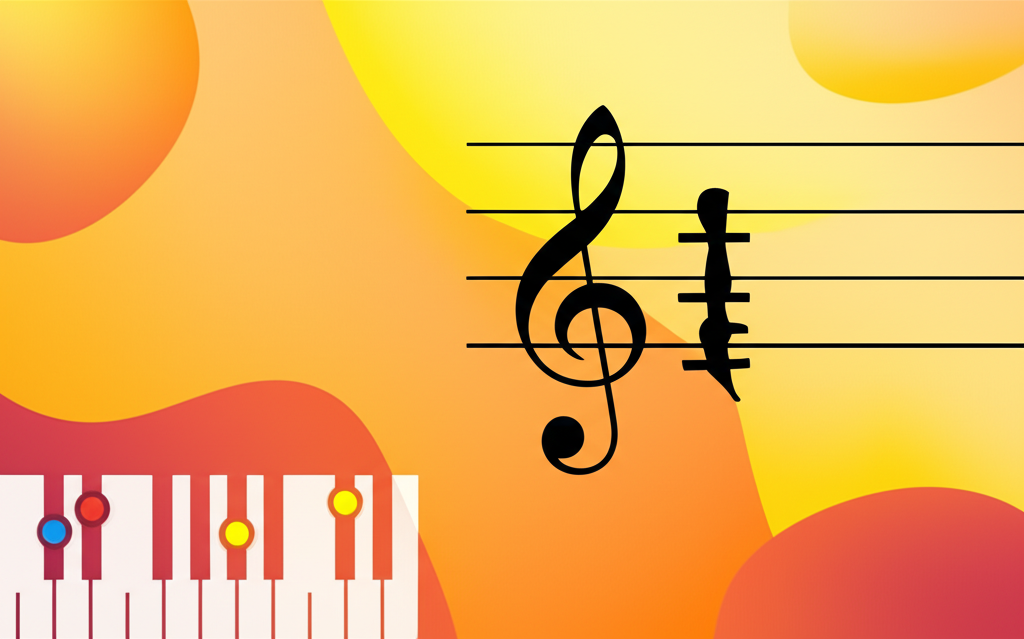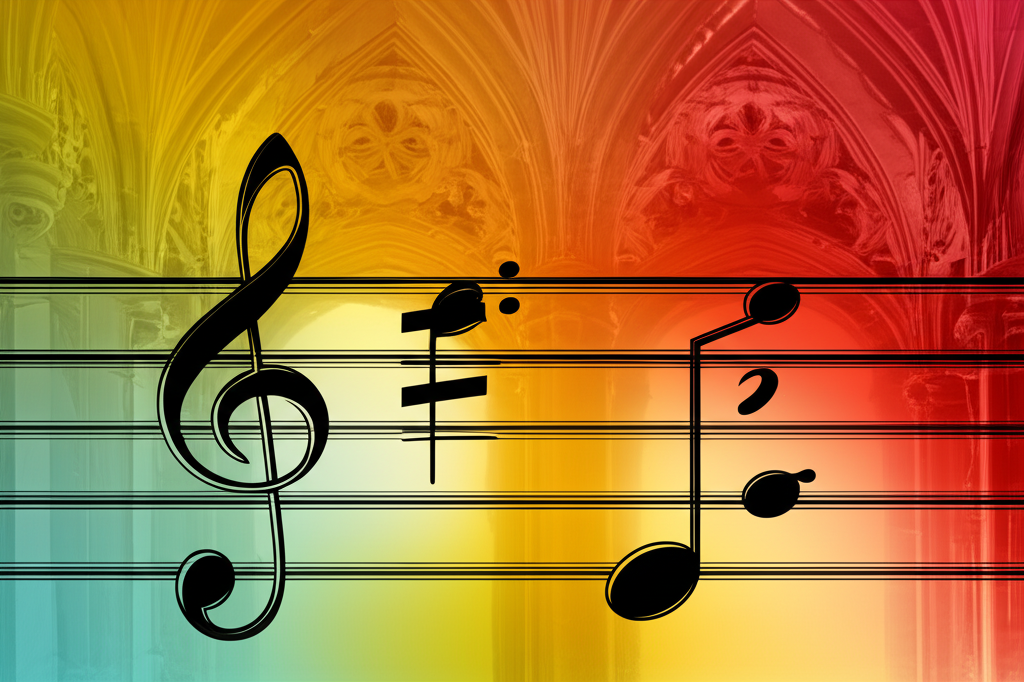
Perfect Fourth

b4n1
May 25, 2025, 2:23 a.m.
Perfect Fourth
Summary:
The perfect fourth is a stable consonant interval spanning five semitones, fundamental to Western harmony and melody. It creates a sense of openness and strength, appearing in everything from Gregorian chant to rock power chords, and serves as a cornerstone of musical structure across cultures.
Keywords:
perfect fourth, interval, consonance, stability, harmony, power chords, Gregorian chant
Introduction:
The perfect fourth possesses a unique quality in music theory - it's simultaneously ancient and modern, appearing in medieval organum and contemporary rock music with equal effectiveness. Its hollow, open sound creates a sense of suspension and anticipation that has captivated composers for over a millennium.
Definition and Classification:
A perfect fourth spans exactly five semitones (half steps). Common examples include C to F, G to C, and D to G. It's classified as a perfect consonance, meaning it maintains the same quality (perfect) regardless of the key. The interval inverts to a perfect fifth, creating a complementary relationship fundamental to tonal harmony.
Examples:
Perfect Fourth Intervals:
Examples of perfect fourths in different keys:
Perfect Fourth in Melody:
A melody featuring prominent perfect fourth leaps:
Practical Applications:
Perfect fourths form the basis of power chords in rock music, creating the raw, unrefined sound that defines the genre. In classical music, they appear in horn calls and fanfares due to their natural resonance in brass instruments. Jazz musicians use perfect fourths to create quartal harmony, stacking fourths instead of thirds to achieve modern, sophisticated sounds.
Historical Figures:
Medieval composers like Pérotin used perfect fourths extensively in early polyphony, establishing foundations for Western harmonic practice. Claude Debussy revolutionized piano music by using parallel fourths in pieces like "Voiles," creating impressionistic textures. Aaron Copland employed wide fourth intervals in works like "Appalachian Spring" to evoke the American frontier's vast openness.
Fun Facts:
The perfect fourth has a frequency ratio of 4:3, making it one of the most mathematically pure intervals. The opening of "Here Comes the Bride" features a perfect fourth, as does the beginning of "Amazing Grace." In many non-Western musical traditions, the perfect fourth serves as a fundamental building block, appearing prominently in Native American flute music and Celtic melodies.
Conclusions:
The perfect fourth bridges ancient and modern musical practices, maintaining its relevance across centuries and genres. Its unique combination of stability and openness makes it indispensable for creating both traditional and contemporary musical expressions. How might the perfect fourth continue to evolve in future musical innovations while maintaining its essential character?
References:
Hoppin, R.H. (1978). Medieval Music. W.W. Norton & Company.
Persichetti, V. (1961). Twentieth-Century Harmony: Creative Aspects and Practice. W.W. Norton.
Tagg, P. (2014). Everyday Tonality II. Mass Media Music Scholars' Press.
